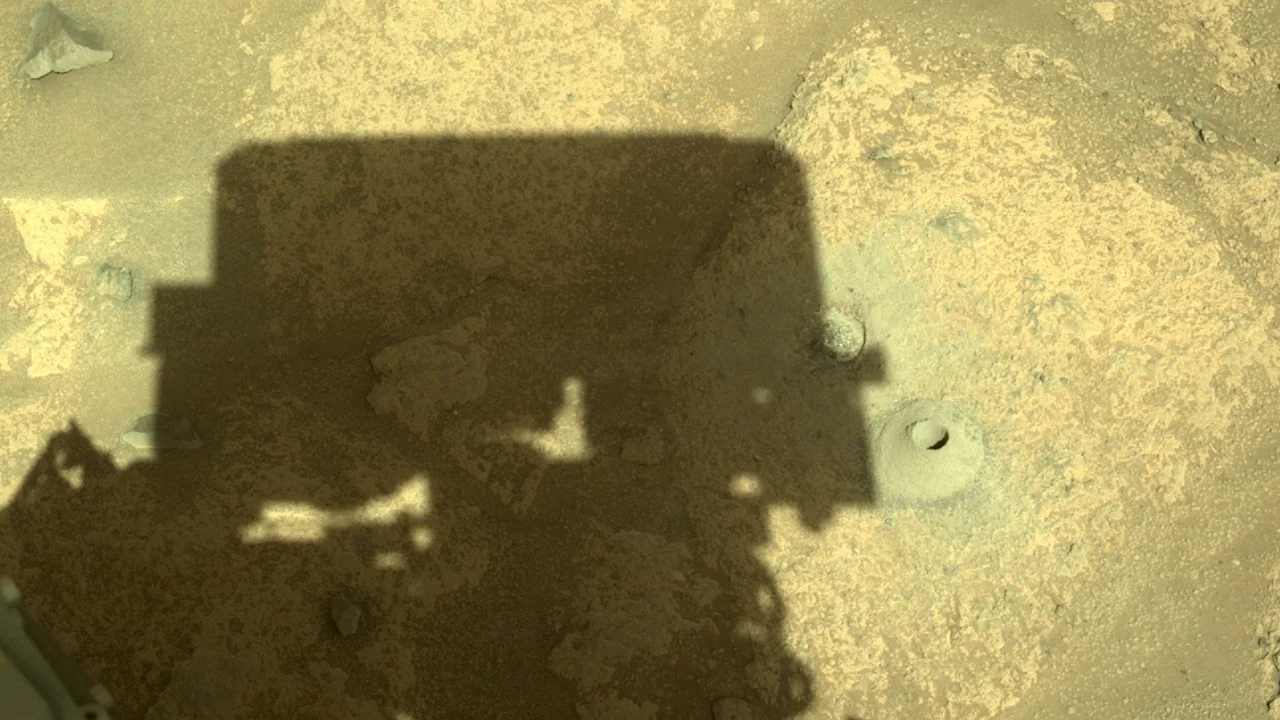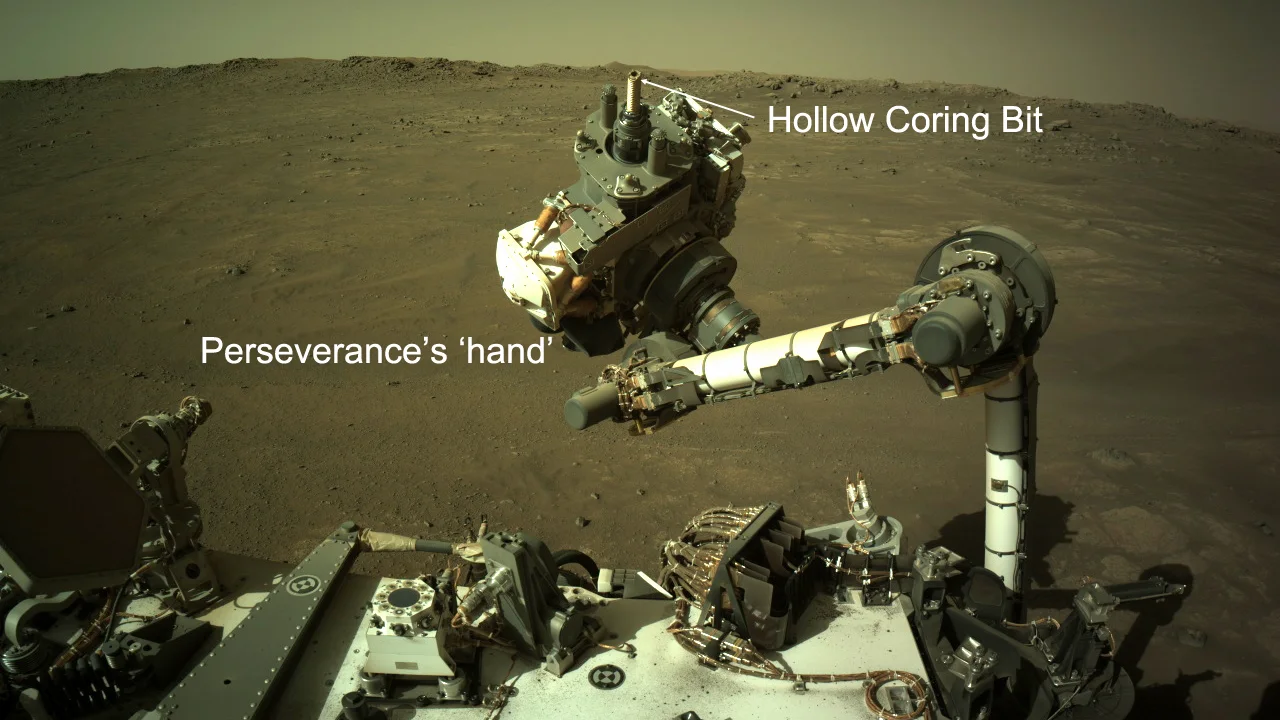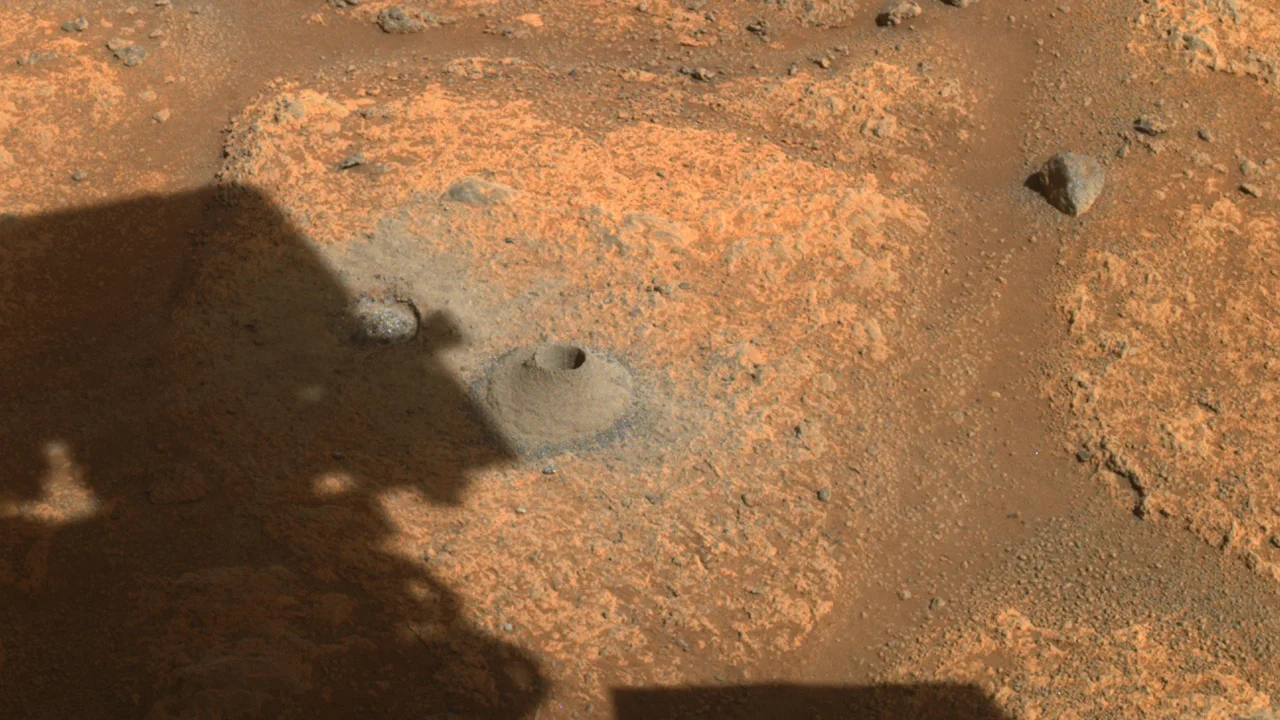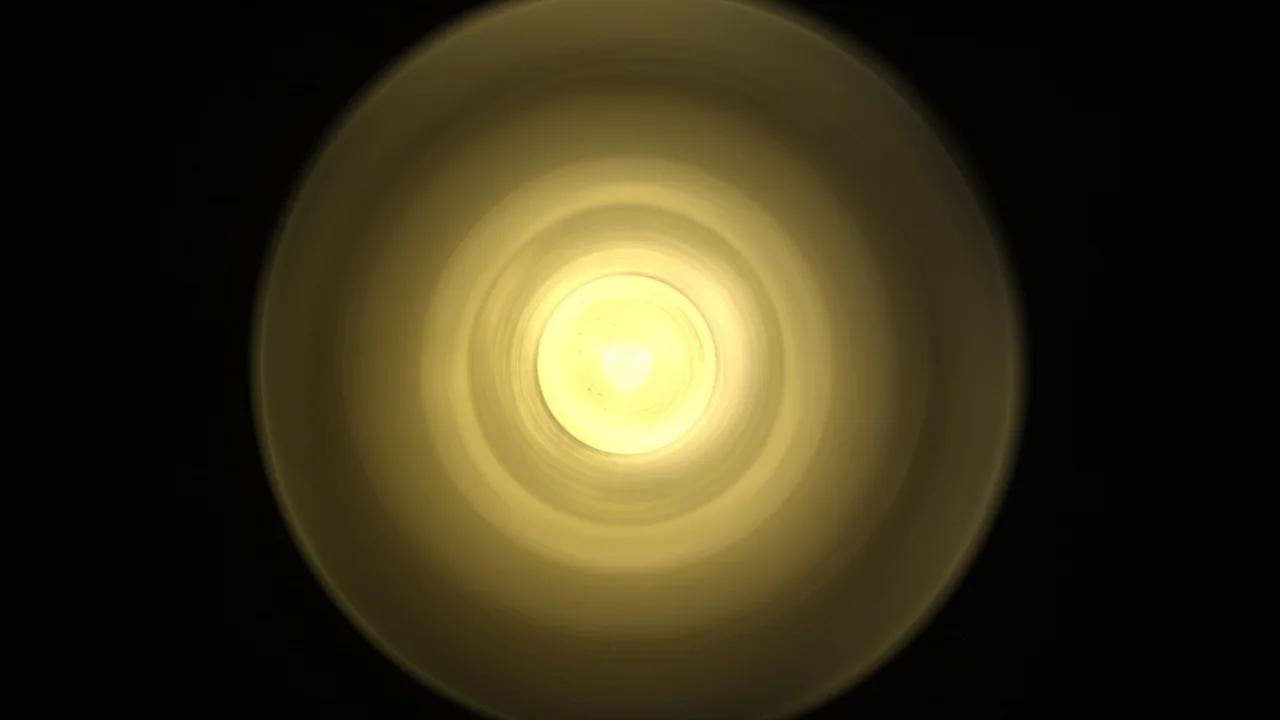
Perseverance's 'missing' first Mars sample apparently crumbled away
The unusual rock that the rover attempted to sample was apparently "not robust enough to produce a core."
Everything went technically correct with Perseverance's first attempt to gather a sample to send back home. When it was done, though, the sample tube turned up empty!
Update (August 11, 2021, 6 p.m. EDT): The Perseverance team has determined that the sample did not make it from the borehole to the sample tube intact. This is due to the unusual nature of the rock they chose to sample from.
According to the latest Perseverance blog update: "Depth measurements of the borehole derived from the merge of image products from WATSON along with the image itself lead us to believe that the coring activity in this unusual rock resulted only in powder/small fragments which were not retained due to their size and the lack of any significant chunk of a core. It appears that the rock was not robust enough to produce a core. Some material is visible in the bottom of the hole. The material from the desired core is likely either in the bottom of the hole, in the cuttings pile, or some combination of both. We are unable to distinguish further given the measurement uncertainties."
The team has decided to send the rover on to its next sampling location, in South Seitah, where they believe there will be targets more like the test rocks they sampled here on Earth.
The original story, published August 10, 2021, at 5:38 p.m., continues below.
NASA's Perseverance rover is searching for direct signs that Mars was once inhabited by primitive forms of life. Additionally, it is the first mission designed to collect samples that will eventually be returned to Earth for study. To do this, the rover uses a special hollow coring bit in the drill on its 'hand'. This bit bores down into a rock and lifts away a 'core' to be sealed away into one of 43 titanium sample tubes the rover carries with it.

The rover's Left Navcam captured this image of the 'hand', which its hollow coring bit installed in the drill, on August 6, 2021. Credit: NASA/JPL-Caltech/Scott Sutherland.
When the rover attempted to collect its first sample on August 6, all did not go as planned.
The arm was perfectly positioned. The drill did its job, carving out a perfect borehole in the 'paver rock' the team had selected to sample. However, something ultimately went wrong.
"The sampling process is autonomous from beginning to end," Jessica Samuels, the surface mission manager for Perseverance at NASA's Jet Propulsion Laboratory, said in an agency press release.

This image taken by Perseverance's left forward hazard camera on Aug. 6, 2021, shows the hole drilled in what the rover's science team calls a 'paver rock', during the mission's first attempt to collect a sample from Mars. Credits: NASA/JPL-Caltech
"One of the steps that occurs after placing a probe into the collection tube is to measure the volume of the sample," Samuels explained. "The probe did not encounter the expected resistance that would be there if a sample were inside the tube."
Images snapped by the CacheCam — the camera installed within the caching system that verifies a sample has been collected — confirmed this. The tube that should have been filled with a rock sample instead turned up empty.

* Perseverance's CacheCam shows the empty inside of the titanium sample tube the rover picked to contain its first rock sample. Credit: NASA/JPL-Caltech*
"The initial thinking is that the empty tube is more likely a result of the rock target not reacting the way we expected during coring, and less likely a hardware issue with the Sampling and Caching System," Jennifer Trosper, Perseverance's project manager at JPL, added. "Over the next few days, the team will be spending more time analyzing the data we have, and also acquiring some additional diagnostic data to support understanding the root cause for the empty tube."
Perseverance isn't the first mission to encounter unusual problems when attempting to conduct science on Mars.
Most recently, the InSight mission ran into a snag due to the unexpected nature of the soil under the surface crust. The soil did not provide the probe with enough friction to hold it in place while hammering downwards. So, further attempts either stalled or even undid all the progress it had made. As a result, the team could not get the lander's heat probe far enough into the ground to fully deploy.

* InSight's heat probe backed out of the hole it had hammered into the ground,
Curiosity's attempts to drill into some rocks in Gale Crater have had issues as well, with some turning out to be harder than expected and others too brittle. The Phoenix mission, back in 2008, found soil that was "sticky," as NASA called it, making it difficult to transfer it to the lander's science instruments for study.
So, was this rock just made of finer, more fragile stuff than the team expected? Did it just turn to powder as Perseverance drilled into it, thus preventing a solid sample from being gathered? Time will tell.
"While this is not the 'hole-in-one' we hoped for, there is always risk with breaking new ground," Thomas Zurbuchen, associate administrator of NASA's Science Mission Directorate, punned in the press release. "I'm confident we have the right team working this, and we will persevere toward a solution to ensure future success."






